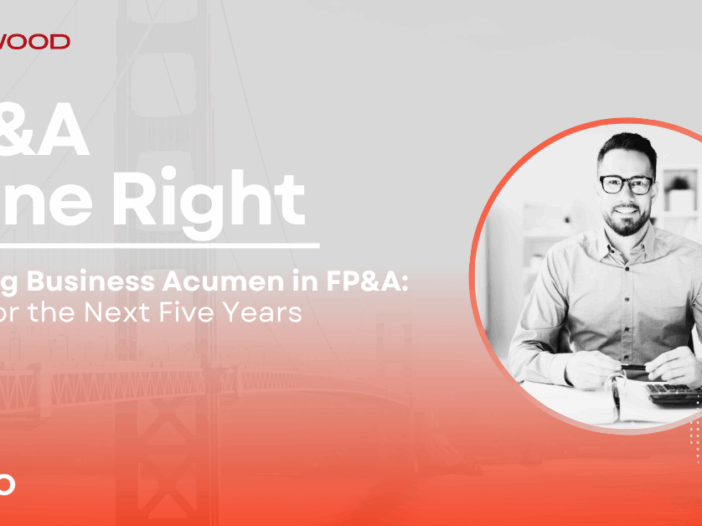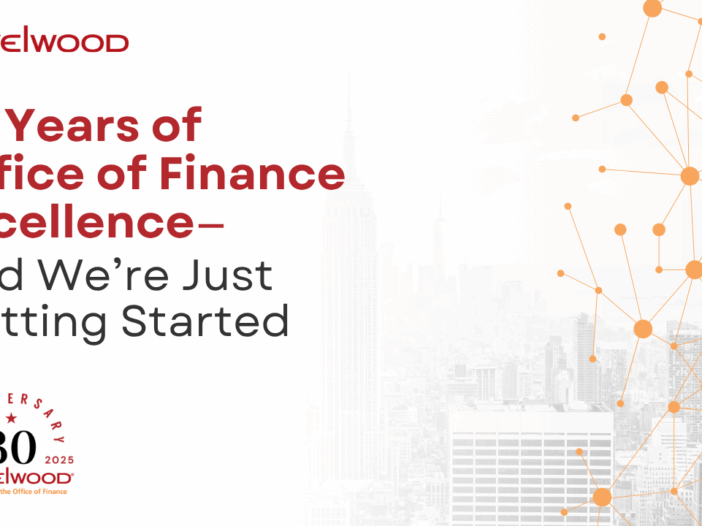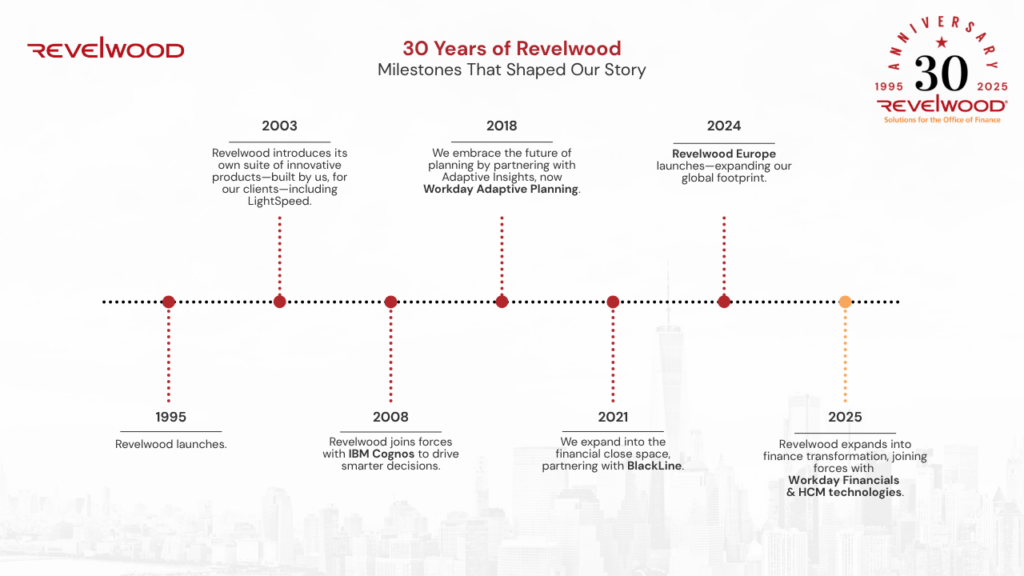FP&A’s future is not just about managing the numbers—it’s about mastering business relationships and decision support. Our recent GENCFO Talks webinar featured finance experts sharing exactly how FP&A teams can become the CFO’s MVP by investing in both soft and technical skills.
Overview
- Panelists reinforced that technical skills are vital, but “table stakes”—what sets modern FP&A apart is their ability to communicate insights, build cross-departmental relationships and act with curiosity and business sense.
- Business acumen starts by learning operations, engaging with product teams, joining sales calls and developing storytelling skills. Panelists encouraged aspiring strategists to get out from behind their spreadsheets and into the business itself.
- The future of FP&A is deeply intertwined with AI and automation. Dino Daddona urged teams to build a roadmap for technology adoption, emphasizing trust in data and continuous skill development as automation and intelligent systems speed up financial cycles even more.
- “People, process, technology—the tech is the enabler,” the panel concluded. The keys to sustainable progress are mindset and new ways of working.
Final advice from the panel? Don’t try to “boil the ocean.” Start small: find one way to get closer to business partners and learn the business better and let curiosity guide upskilling and process redesign.
For a deeper dive on these actionable insights and expert advice from the full panel, watch the complete GENCFO Talks session, now available on demand.








